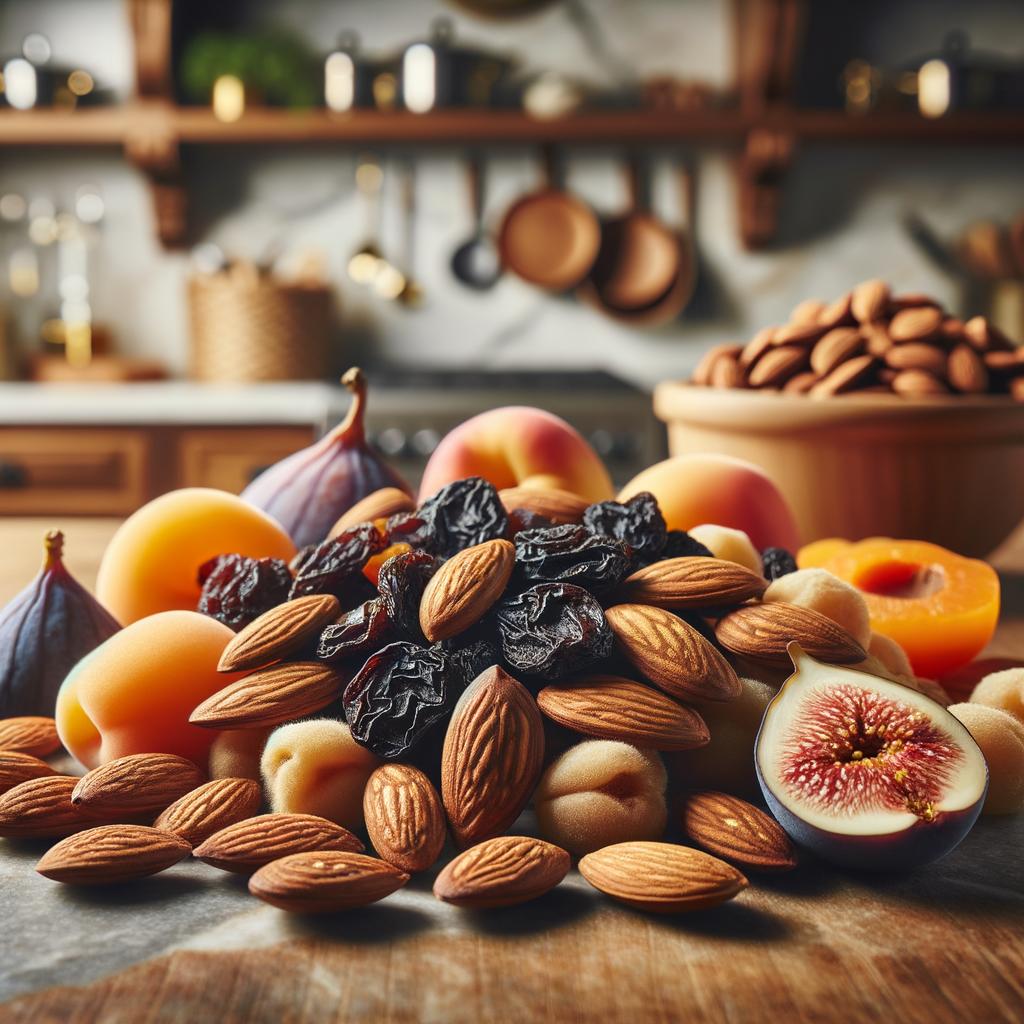Mixed Dry Fruits

Mixed Dry Fruits
Description
Mixed dry fruits are a delightful blend of dehydrated fruits, each with their unique textures and flavors. The assortment typically includes raisins, dried apricots, dates, dried figs, prunes, dried cranberries, and sometimes exotic varieties like dried pineapple and mango. The appearance of these fruits varies from wrinkled raisins to meaty dates and chewy apricots. The flavor profile is a symphony of sweetness, tanginess, and a touch of bitterness, all wrapped in a deliciously chewy texture. What sets mixed dry fruits apart from their fresh counterparts is their concentrated flavor and extended shelf life.
Primary Uses
Mixed dry fruits are a versatile ingredient in culinary applications. They are commonly used in baking, adding a sweet and tangy twist to cakes, cookies, and bread. They are also a key component in a variety of dishes across different cuisines, from the rich Indian sweet dishes and Persian pilafs to the traditional British Christmas pudding. Beyond their use in the kitchen, mixed dry fruits are a popular snack, especially for outdoor activities like hiking due to their lightweight and nutrient-dense nature. In terms of non-culinary uses, they are often used in festive decorations and are symbolic of abundance and prosperity in many cultures.
History
The history of drying fruits dates back to the ancient times when preserving food was a necessity for survival. The Persians and Arabs were pioneers in this method, and it soon spread across the world. Over time, dried fruits became not just a survival food, but a delicacy, with each region having its unique variations. For instance, dates have been a staple in Middle Eastern cuisine for thousands of years, while raisins have a rich history in the Mediterranean region. There are numerous folklores associated with dried fruits. One such story is the Greek myth of Dionysus, the god of wine, who was said to have discovered raisins.
Nutritional Information
Mixed dry fruits are a powerhouse of nutrition. They are rich in dietary fiber, essential for a healthy digestive system. They are also an excellent source of vitamins and minerals, particularly iron, potassium, and calcium. The sugar content is higher compared to fresh fruits due to the concentration of fructose, making them a quick energy source. However, it's important to consume them in moderation to avoid excessive sugar intake. Compared to similar snacks, like candy, mixed dry fruits provide a healthier option, offering nutritional benefits and satiety. They are indeed a delightful blend of health and taste, a testament to the adage that good things come in small packages.

